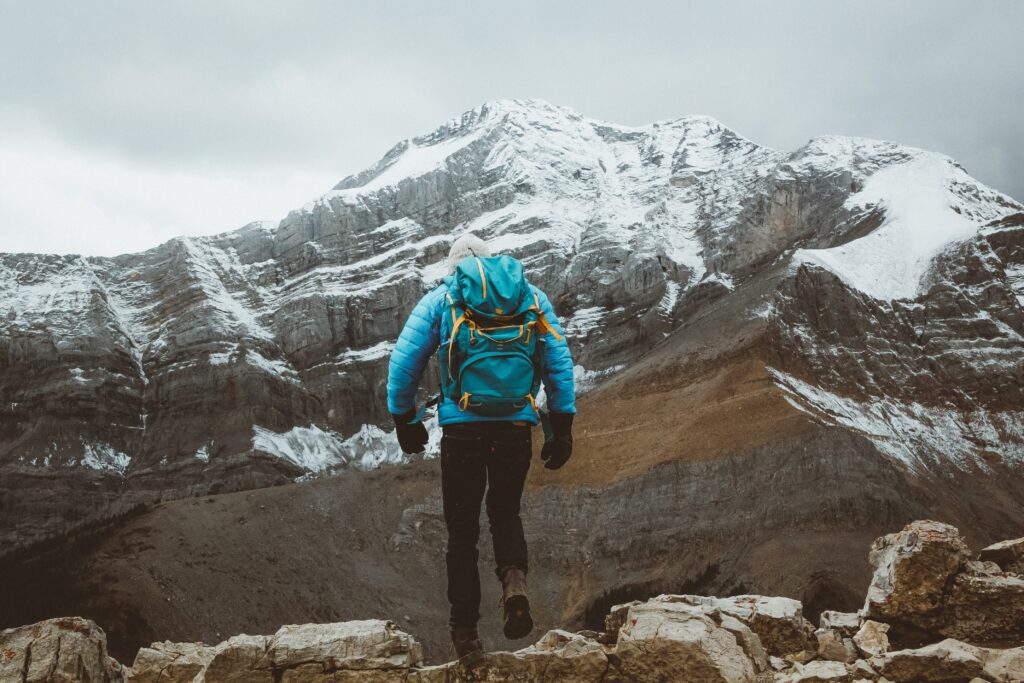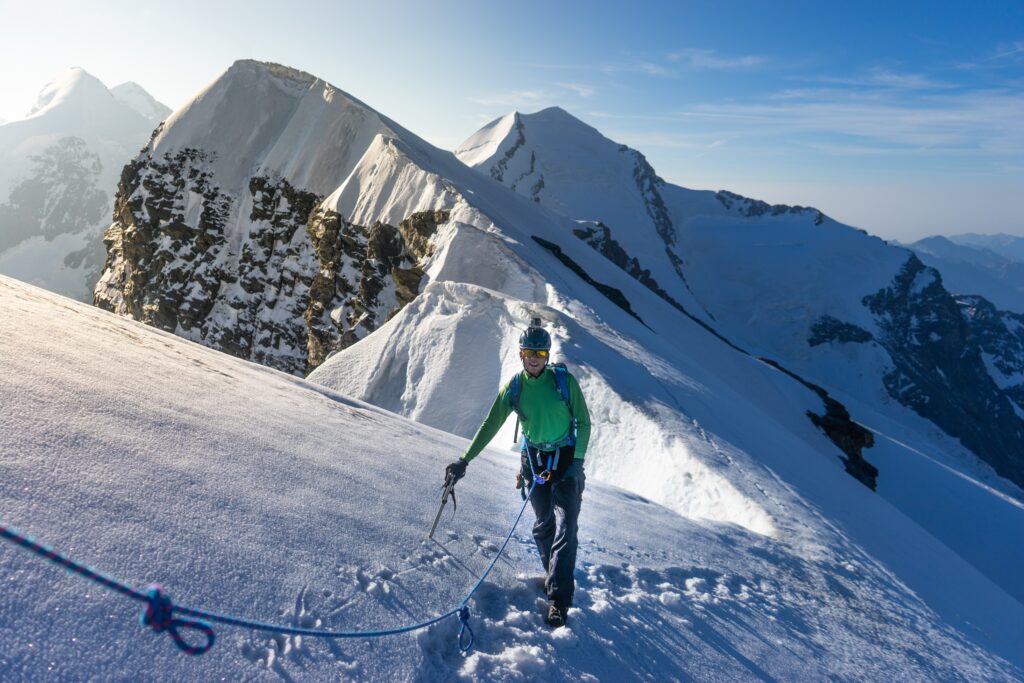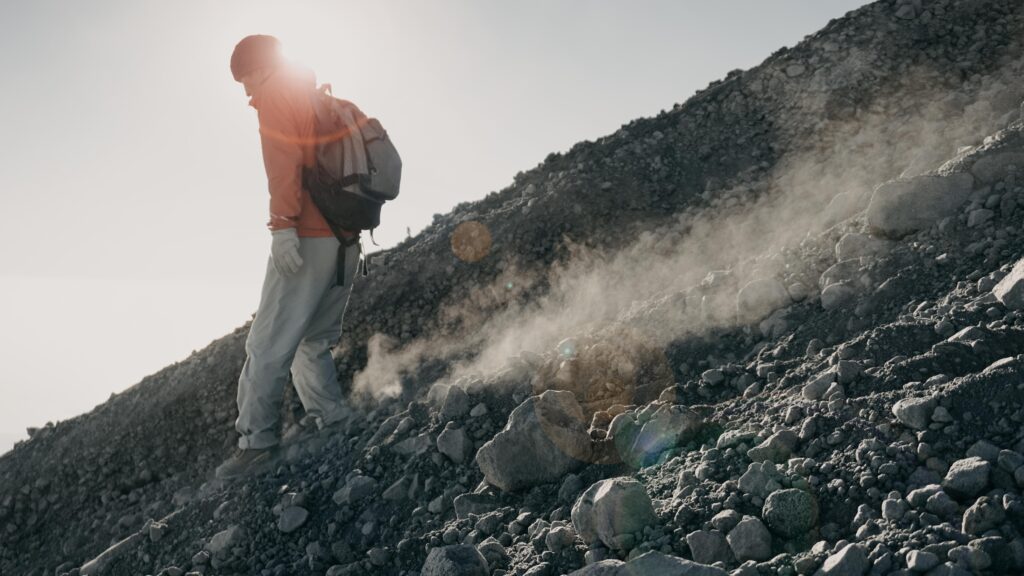
 snowboardmountaineer.com
snowboardmountaineer.com
Are you an adventurer at heart? Do you crave the thrill of challenging landscapes and breathtaking views? If so, mountaineering might be the perfect pursuit for you. This exhilarating activity allows you to climb majestic mountains, push your physical and mental limits, and immerse yourself in the wonders of nature. Whether you're a seasoned mountaineer or a beginner looking for a new adventure, this guide aims to provide valuable insights and tips for a successful and safe climbing experience.

The Essentials: Preparation and Planning
Mountaineering is not a casually undertaken activity. It requires thorough preparation before setting foot on your chosen mountain. Here are some essential steps to get you started:
1. Research and Select Your Mountain
Choosing the right mountain for your skill level and experience is crucial. Consider factors such as elevation, technical difficulty, weather patterns, and access restrictions. Researching and understanding the terrain and potential challenges will help you prepare mentally and physically for the climb. Mountaineering guidebooks and online resources can provide valuable information to aid in your decision-making process.
2. Physical Fitness and Training
Physical fitness is paramount for a successful climb. Engage in a training regimen tailored to mountaineering, including aerobic exercises, strength training, and endurance activities. Incorporate activities such as hiking, trail running, and stair climbing to simulate the conditions you will encounter during mountaineering. Consult a fitness professional or join a mountaineering club to receive guidance and support in your training journey.
3. Assemble Your Gear
Having the right equipment and gear is vital for your safety and comfort during the climb. Begin by investing in high-quality mountaineering boots with excellent ankle support, crampons, an ice axe, and a climbing harness. Additionally, bring appropriate clothing layers, a sturdy backpack, a helmet, and a first aid kit. Consult experienced mountaineers or professional gear shops to ensure you've acquired all the necessary equipment.
4. Learn Mountaineering Techniques
Mountaineering involves a range of technical skills that are essential for a safe ascent. Learn and practice techniques such as using crampons and an ice axe, self-arresting, rope management, and glacier travel. Enrolling in a mountaineering course or hiring a guide can provide invaluable guidance, ensuring you acquire the necessary skills and knowledge to tackle challenging terrain safely.
On the Mountain: Tips for a Successful Climb
With your preparation complete, it's time to embark on your mountaineering adventure. Here are some tips to make your ascent smooth and enjoyable:
1. Start Early and Pace Yourself
Setting off early in the day allows you to take advantage of more favorable weather conditions and avoid potential hazards. Additionally, it offers ample time to overcome any unexpected obstacles, ensuring a safer and smoother climb. Pace yourself throughout the ascent, conserving energy and avoiding exhaustion. Remember, mountaineering is a journey, not a race.
2. Monitor Weather Conditions
Maintaining awareness of changing weather conditions can be a matter of life or death when mountaineering. Check local weather forecasts and consult with experienced climbers or guides for insights into the unique weather patterns of your chosen mountain. Be prepared to turn back or postpone your climb if adverse weather conditions pose a significant risk to your safety.
3. Stay Hydrated and Nourished
Proper hydration and nutrition play a vital role in maintaining your physical performance at high altitudes. Consume plenty of water throughout the climb and consume calorie-dense, high-energy foods, such as nuts, energy bars, and dried fruits. Avoid excessive caffeine and alcoholic beverages, as they can contribute to dehydration.
4. Rope Safety and Team Communication
If you're climbing with a team or a partner, clear and effective communication is paramount. Establish proper rope management techniques, and always maintain a safe distance between climbers to minimize the risk of accidents and falls. Use verbal cues and hand signals to communicate with your team, and familiarize yourself with mountaineering-specific communication techniques.

The Descent and Beyond: Closing the Journey
As you approach the end of your mountaineering journey, it's important to prioritize your well-being and ensure a safe descent. Factors to consider during this stage include:
1. Energy Management
Descending a mountain can be physically demanding, and fatigue can increase the risk of accidents. Manage your energy levels wisely, taking short breaks, and consuming food to maintain your strength. Always remain focused and alert throughout the descent, as it can present unique challenges with potentially different terrain and physical requirements.

2. Leave No Trace
Preserving the pristine environment for future mountaineers and wildlife is a responsibility every climber shares. Adhere to "Leave No Trace" principles, ensuring proper waste disposal, minimizing disturbance to flora and fauna, and respecting local regulations. By being environmentally conscious, you're actively contributing to the sustainability of mountaineering as an adventurous pursuit.
With these guidelines in mind, you're equipped with the information needed to set out on a transformative mountaineering journey. Remember, mountaineering is a remarkable adventure that requires respect for nature, physical preparation, and continuous learning. So, lace up your boots, brace yourself for breathtaking vistas, and embrace the thrill of conquering new heights. Stay safe, enjoy the climb, and make memories that will last a lifetime.




